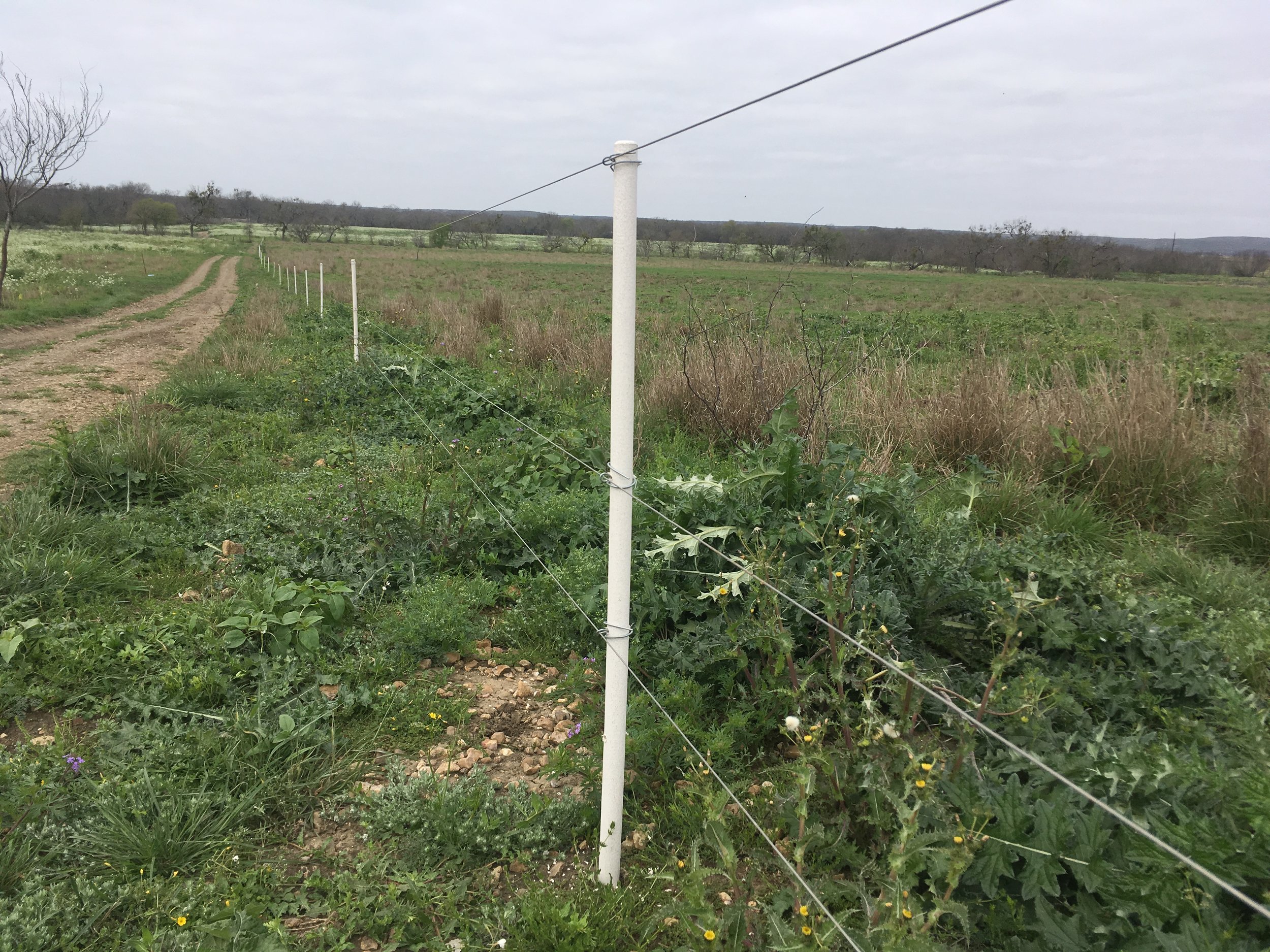Animal welfare without the label
Animal welfare is a hot subject these days among foodies and farmers alike. What exactly is animal welfare? Animal Welfare Approved, arguably one of the most highly regarded food labels in the industry has a lengthy list of publications for each species identifying the standards they believe a farm must uphold to ensure animal welfare and care for the environment. I’ll be honest with you and say that we once considered obtaining this so called “gold standard” of labeling. While considering this I read through the meat chicken, laying hen, and beef cattle standards. Most of it is spot on and there are other standards that are not. Most of it sounds like bureaucratic bologna. Opinion aside AWA is trying to do great things it’s just not for me.
Our farm operates on the idea of transparency. In an effort to be as transparent as possible we allow visitors to come to the farm and have farm tour days throughout the year. They get to see our animal welfare first hand. Now this only works if your targeted market is within a small radius of your farm, ours being less than 150 miles. We also educate our consumers frequently via social media or our website about what’s going on around the farm. This often entails how we go about providing animal welfare. Topics that range from predator prevention to the standards we live by. So what exactly do I believe animal welfare is?
It's a hard question to answer directly because it’s a multifaceted subject. To me it’s as simple as providing the animals a habitat in which they can express their natural behavior. We raise animals the way nature intended meaning we let chickens be chickens. Our laying hens are probably the best example of how pasture-raised chickens have a far superior quality of welfare than their confined colleagues. Some terribly high percentage of “free-range” hens are still raised in conditions where they never see the light of day or touch their feet on the soil. Our hens are provided a shelter we call the “eggmobile,” a term originally coined by Joel Salatin at Polyface Farms in Swoope, VA. This shelter is simple to say the least. It provides them with food, water and shelter. The food and water part are fairly straight forward, but the shelter part gets a bit more complicated. It provides them shade during the day, nest boxes to feel safe when laying their precious eggs and a place to roost high above the ground at night. Who knew a chicken needed so little? We move the shelter every three to five days to ensure the hens get a fresh habitat to roam freely in search of seeds, insects, mice or whatever else they might want to consume. Chickens are omnivores whether you like it or not. They get to frolic in the dust bathing their bodies to naturally rid themselves of external parasites. There are no fences to contain the hens so the risk to predation is real, but our loyal pack of Livestock Guardian Dogs prevents and protects them from an early death. The hens are checked twice per day, once in the morning and eggs are collected in the evening. Beyond those hours we simply let them be so they can do what comes natural, whether that’s chasing grasshoppers or basking in the sun. The only bad day is their last day. At two and a half years old, they are on the downhill slope by production standards. Their final day comes in the Fall of each year so that everyone can make their amazingly gelatinous healthy goodness we call chicken stock. It’s a beautiful cycle of life that I wouldn’t have any other way. If that’s not the highest standard of welfare I’m not sure what is.






